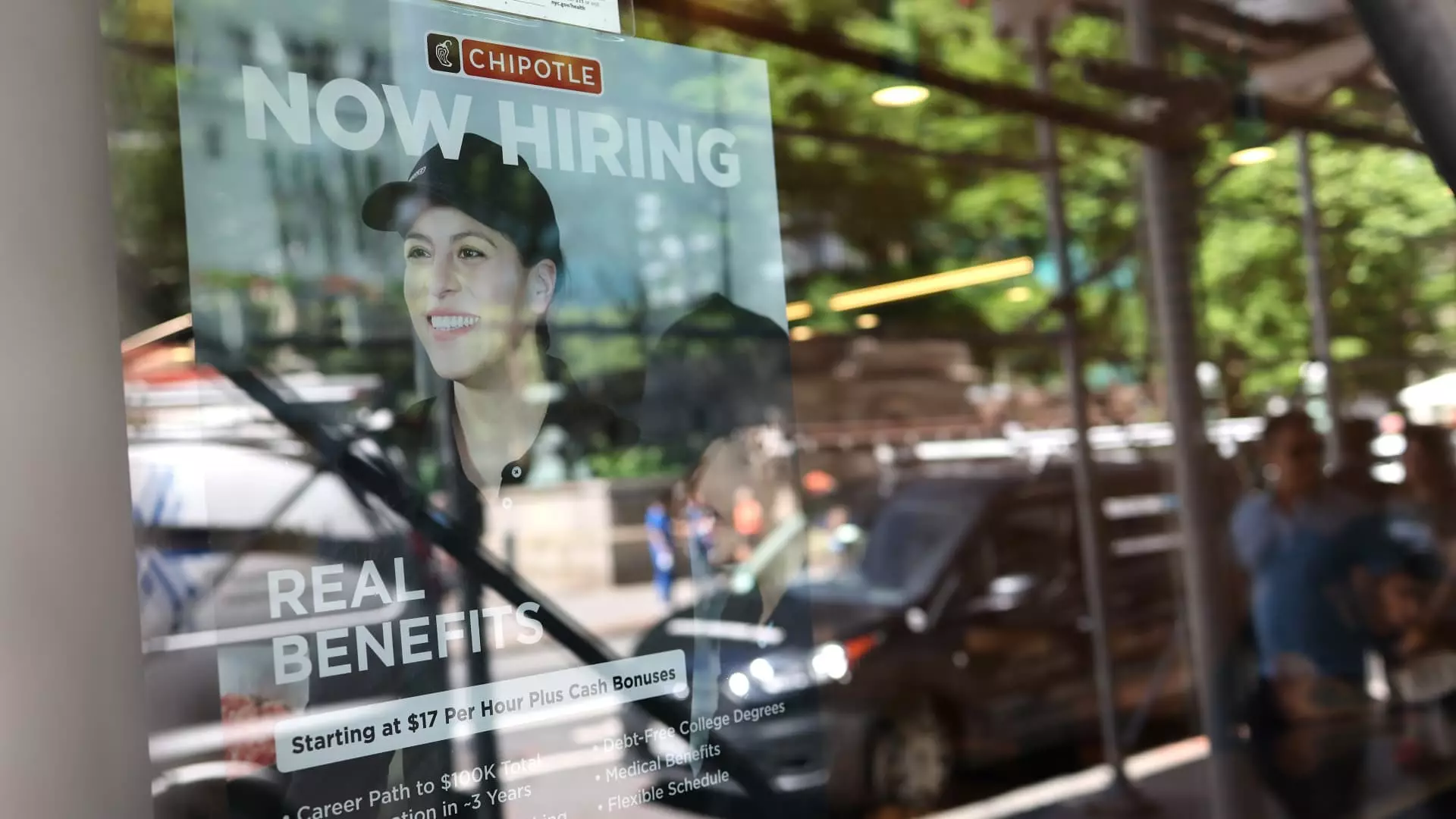The labor market’s modest performance in February serves as a stark reminder of the complexities that plague employment in America today. An increase of just 151,000 nonfarm payroll jobs, falling short of the projected 170,000, is hardly the resounding success story one would hope for amid aggressive federal workforce reduction efforts led by a tech-savvy government. The incremental gains indeed represent stability, but stability in a disrupted economy is the last thing we should be satisfied with. With the unemployment rate inching up to 4.1%, we cannot ignore the shifting dynamics that paint a theme of uncertainty, especially when it comes to the future of job security under current policies.
Impact of Government Efficiency Initiatives
While it might sound efficient—perhaps even revolutionary—to pursue a leaner federal workforce via the Elon Musk-led Department of Government Efficiency (DOGE), the consequences are being felt in ways we didn’t expect. The reported decrease of 10,000 jobs in federal employment sends a concerning signal: Are we sacrificing capable public servants in an effort to pare down a bloated system, or are we merely indulging in a politically motivated agenda that overlooks the long-term repercussions on workers and their communities?
Beneath the surface, more than 62,000 layoffs have been announced, leaving many workers hanging in a limbo of anxiety and uncertainty about their future. This situation raises alarming questions regarding the impact on morale and the psychological toll on our workforce. When people are uncertain about their jobs, productivity typically drops, which contradicts the supposed efficiency gains touted by advocates of such measures.
Unsettling Statistics and Hidden Narratives
Delving deeper into the February report, a rather distasteful picture emerges. While health care led with 52,000 job additions—approximately matching its 12-month average—other sectors like transportation and warehousing registered only modest gains. The widening gap between reported job creation and the realities facing everyday workers is disheartening.
The labor force participation rate has slipped to 62.4%, the lowest it has been in over a year, while a broader measure of unemployment, accounting for discouraged workers and those in part-time positions, climbed to 8%. These statistics essentially tell a different story than the modest gains in raw payroll figures. The decrease in the labor force by 385,000 workers is telling; it signifies more than a simple lack of hiring—it indicates an alarming trend of withdrawal from the workforce.
Market Reactions and Future Outlook
Even as stock market futures momentarily relieved some angst following this report, it remains clear that investors are still grappling with significant uncertainty. Analysts like Byron Anderson are right to temper any optimism, voicing concerns that current market fluctuations stemming from relentless political maneuvers will only lead to prolonged negative consequences for the economy. It’s evident that chaos—intensified by a lack of clear direction in policy—will typically manifest itself in labor struggles and overall economic stagnation.
The revisions in job counts, particularly the upward adjustment of December’s figures and the downward correction of January’s, reflect a broader theme of volatility that has gripped the economy since the current administration took office. This inconsistent reporting not only clouds our understanding of the job market but also complicates the decisions made by employers and policymakers alike.
Final Thoughts: Reclaiming Stability
As we navigate the political and economic maelstrom, one must ask: what is the long-term vision for job growth in this country? The reality is that while we may witness periods of stability and even growth, they can easily be overshadowed by unexpected policy changes and insufficient attention to the needs of workers. It is crucial that we find a balance between efficiency-driven initiatives and meaningful job creation. True economic growth shouldn’t just be a numbers game; it should embody an inclusive vision that prioritizes the livelihoods and welfare of Americans at all levels.


Leave a Reply